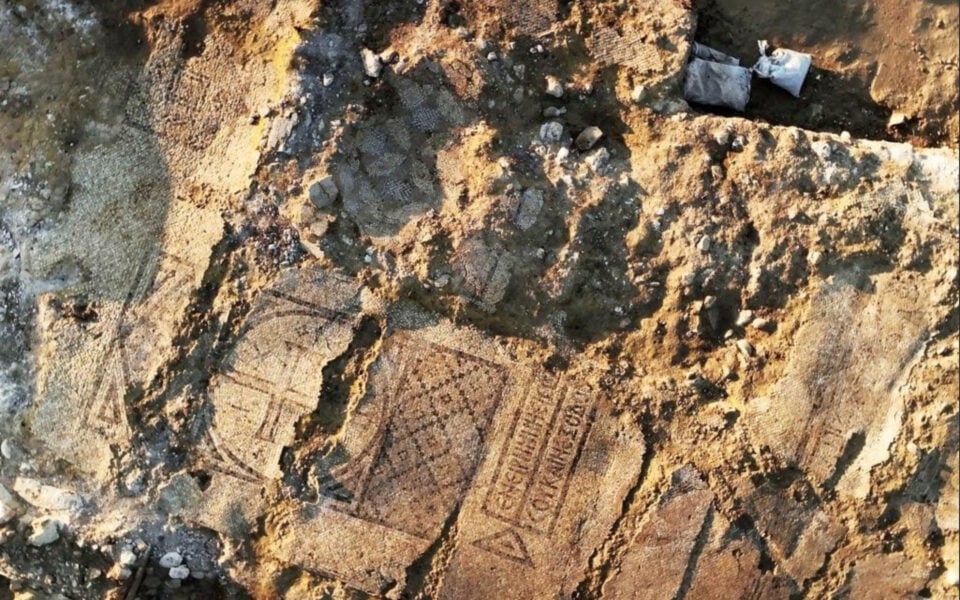A new life begins for Skiathos Castle
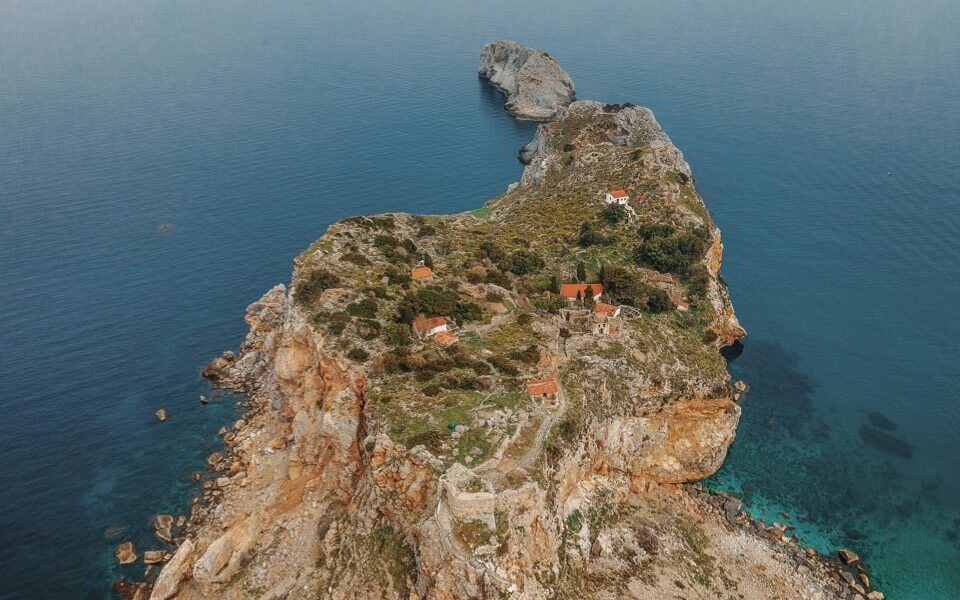

Things are afoot on the northern tip of Skiathos, a spot where history and nature meet in perfect harmony, as the Northern Sporades island’s castle is being treated to one of the biggest restoration efforts ever to take place here.
Long neglected, the fortified settlement – in an area that was first inhabited in the 6th or 7th century AD – is being brought back from oblivion so that it can be open and accessible, with restored monuments and new paved paths.
Dozens of employees from various state services and experts have been hard at work on the task of bringing the castle back to life, while maintaining the fine balance between development and respect for important historical monuments and religious sites, as well as for the island’s incredible natural landscape.
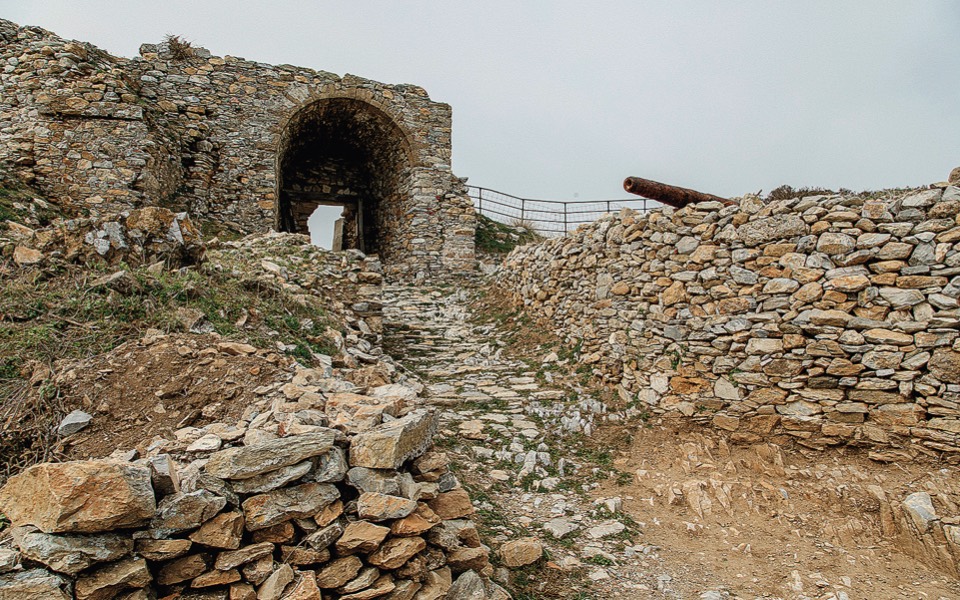
The project is a collaboration between the Skiathos Municipal Authority, which carried out the relevant studies, the Regional Authority of Thessaly, which found the funding, and the Ministry of Culture, which is responsible for its execution. It is a multifaceted project being carried out in the framework of the European Union-backed Thessaly Regional Operational Program 2014-2022.
Learning about the castle is a way of learning about the history of Skiathos and how the competition between the Venetians and the Ottomans for control of the Aegean shaped it.
“Skiathos Castle was established in the mid-14th century by residents of the old town that had evolved from ancient times. They were forced to move to this steep and rocky outcrop on the northern tip of the island to protect themselves from pirate raids. Nevertheless, there are indications that this particular location had been settled well before the 14th century,” says archaeologist Anna Gialouri, head of the Department of Byzantine and Post-Byzantine Monuments and Museums at the Ephorate of Magnesia Antiquities.
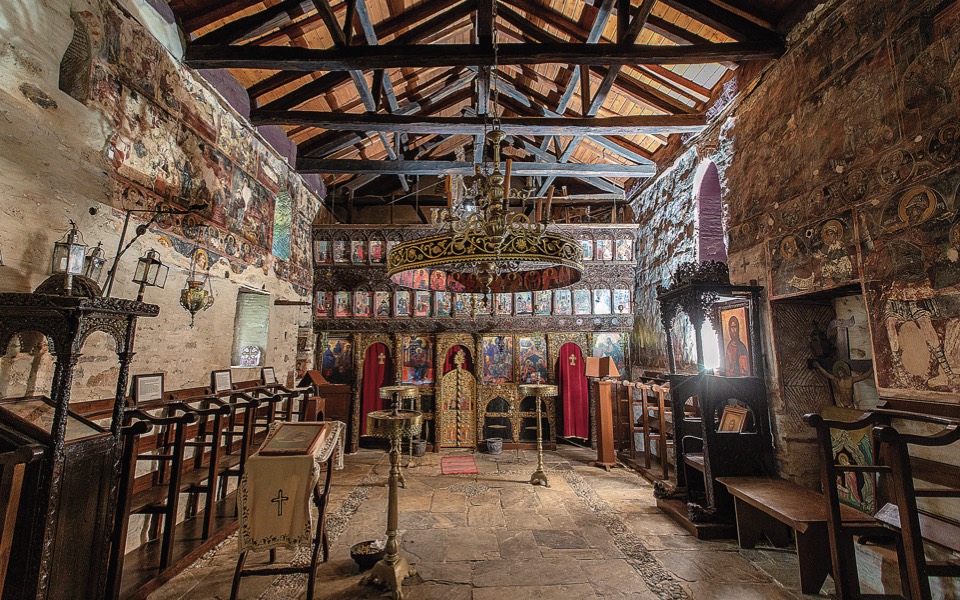
The ephorate is responsible for one of the two parallel projects being carried out by the Culture Ministry on the island. With a budget of 900,000 euros, it entails work to stabilize and restore the monuments inside the castle and specifically the churches of Christ, Agios Nikolaos, Panagia Prekla and Panagia Megalomata, as well as the mosque and the chancellery. The restoration and improvement of the cobbled paths will make it easy for visitors to tour the site.
The Culture Ministry and the Department for the Restoration of Byzantine and Post-Byzantine Monuments are also moving ahead with the 1.9-million-euro project for revamping the path that leads up to the castle, restoring the stone pillars supporting the bridge that led to the gate, the construction of a new bridge and the restoration of the castle gate.
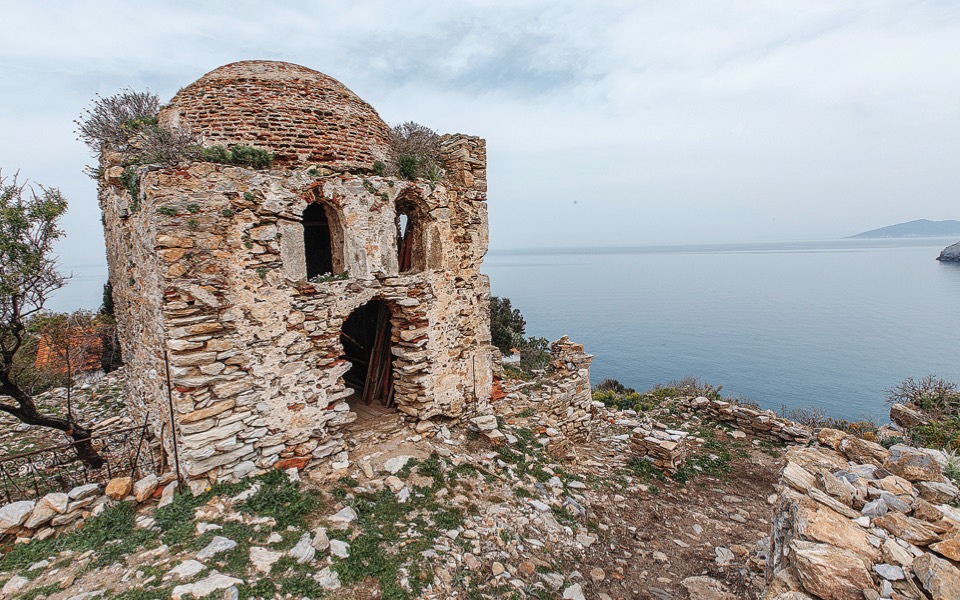
According to the historical records of the Magnesia Ephorate, the castle came under Venetian control in 1453, until the Ottomans took it in 1538. They held it until 1829, except for a brief period in 1660, when it was reoccupied by the Venetians. The settlement covered an area of 2.5 hectares and contained around 200 houses.
“The people of Skiathos have always been concerned about the castle,” says the island’s mayor, Thodoris Tzoumas, going on to talk about local initiatives that have been carried out for its protection, including by the Friends of the Castle association and Father Georgios Stamatas.
In 2018, the Skiathos Cultural Association carried out the studies for the castle’s restoration that were submitted to the Culture Ministry, while funding for the project was secured a year later, he adds.
Source: ekathimerini.com




